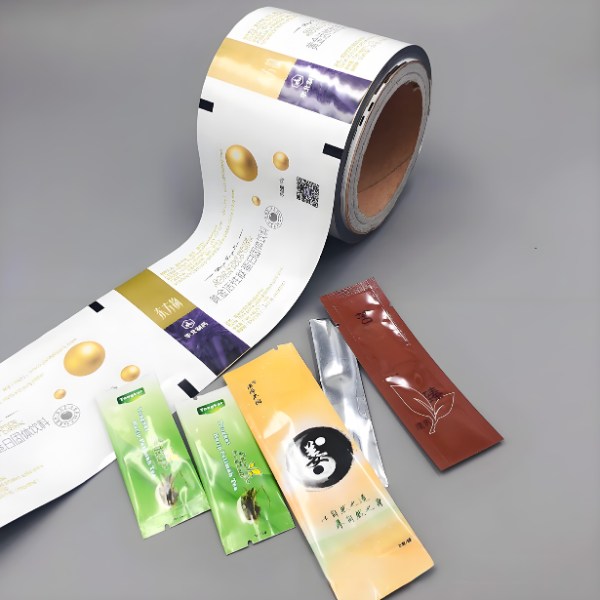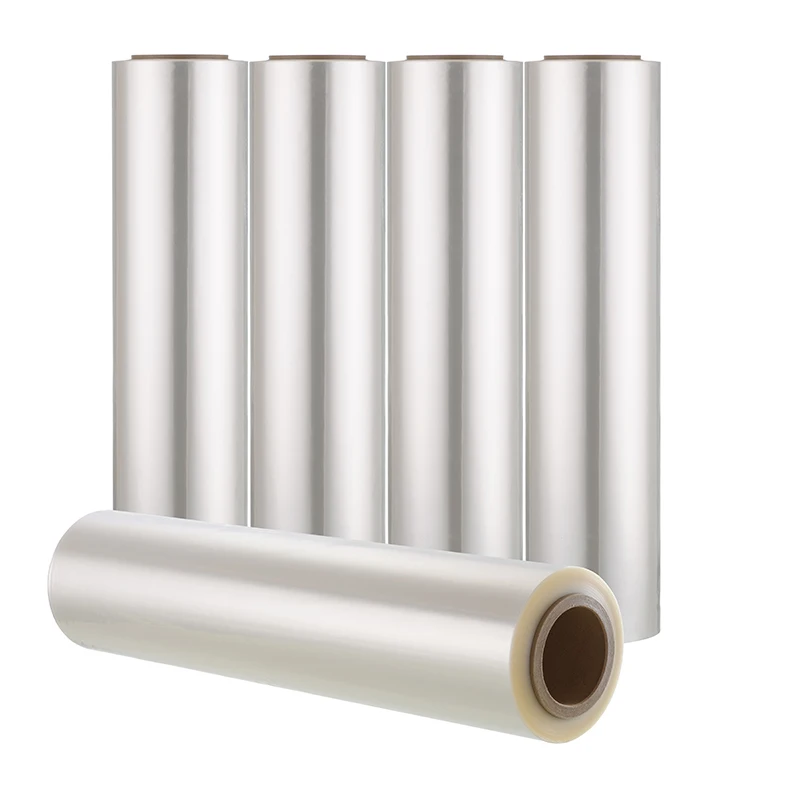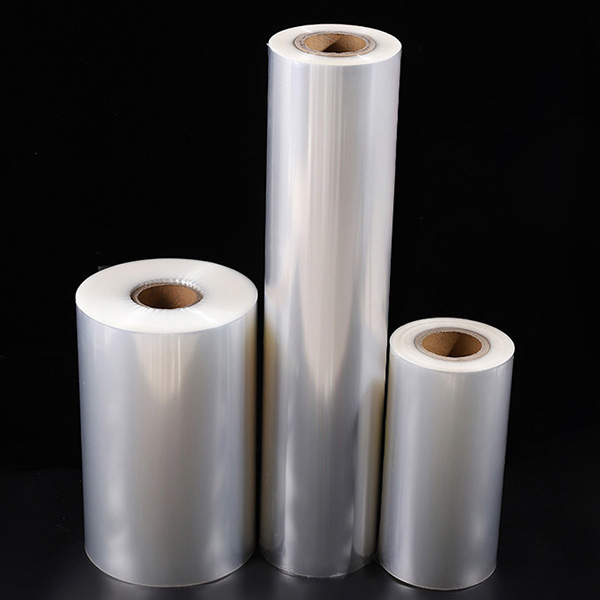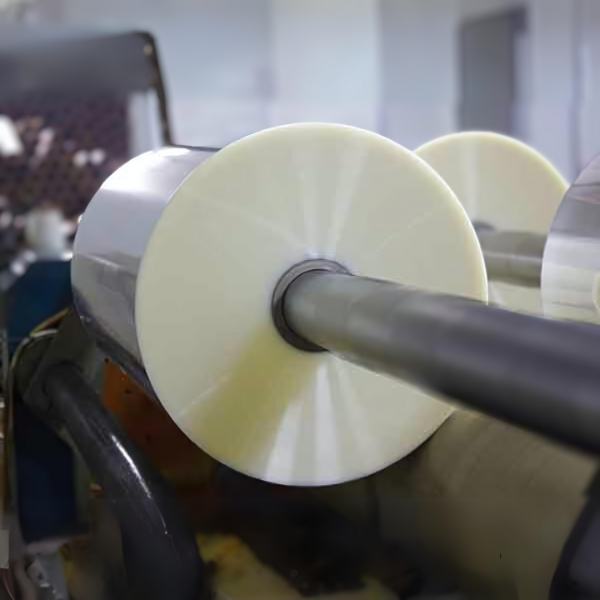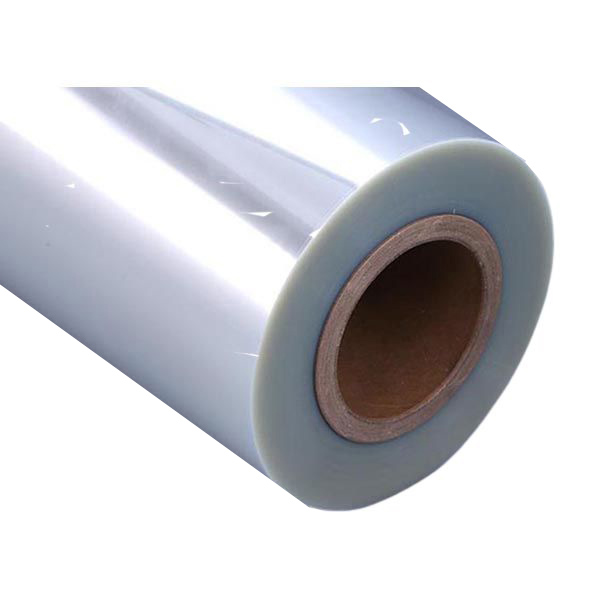
I. Introduction: Why Recyclable Flexible Packaging Matters Now?
1.1 The Urgent Need for Eco-Transformation in Packaging
Traditional plastic packaging has long plagued the planet with pollution and recycling challenges, while flexible packaging—valued for its lightweight design and material efficiency—faces criticism for its environmental impact. Recyclable flexible packaging emerges as a critical solution, bridging functionality and sustainability to meet the demands of a greener future.
1.2 What You’ll Gain from This Guide
- Business Leaders: Insights into material selection, supplier evaluation, and cost control.
- R&D Professionals: Innovations in recyclable materials and recycling technologies.
- Compliance Teams: Global regulatory updates and certification pathways.
- Consumers: How to identify, recycle, and advocate for sustainable packaging.
II. Core Concepts: Defining Recyclable Flexible Packaging
2.1 What Makes Packaging “Truly” Recyclable? ♻️
Recyclable flexible packaging refers to materials designed for recovery and reuse in manufacturing. Key criteria include:
- Material Simplicity: Single-layer structures (e.g., PP, PE) vs. multi-layer composites.
- Recycling Compatibility: Alignment with existing recycling infrastructure.
- Clarity in Labeling: Transparent guidance for consumers and waste handlers.
2.2 Types of Recyclable Flexible Packaging and Applications
| Material Type | Recycling Difficulty | Typical Uses | Environmental Benefits |
|---|---|---|---|
| Mono-material PP | ★☆☆☆☆ | Snack bags, courier envelopes | Mature recycling systems, low cost |
| PE Films | ★★☆☆☆ | Fresh produce bags,日化包装 | High flexibility, reusable |
| Paper-Based Laminates | ★★★☆☆ | Coffee bags, tea packaging | Biodegradable, visually eco-friendly |
| Plant-Based PLA | ★★★★☆ | Premium food packaging | Renewable raw materials, low carbon footprint |
III. Business Perspective: How CloudFilm Leads the Way
3.1 Material Selection: Balancing Cost, Performance, and Sustainability ⚖️
CloudFilm specializes in mono-material PP/PE solutions that eliminate recycling barriers. Our products offer:
- Cost Efficiency: 15-20% lower total cost of ownership vs. traditional multi-layer films.
- Performance: Superior barrier properties for oxygen, moisture, and UV protection.
- Certifications: BRC, FDA, and EU CE compliant, ensuring global market access.
3.2 Market Trends: Consumer Demand and Brand Competitiveness 🚀
With 72% of consumers willing to pay premiums for sustainable packaging (Nielsen 2024), CloudFilm partners with brands to enhance ESG ratings. Case study: A leading snack brand using CloudFilm’s recyclable PP bags reduced carbon emissions by 30% and saw a 12% sales uplift.
3.3 Common Pitfalls to Avoid in Sustainable Packaging
- Overlooking local recycling capabilities when choosing materials.
- Neglecting design elements like easy-tear notches or ink-free zones for recyclability.
IV. Technical Insights: Innovations Driving Recyclable Packaging
4.1 Material Breakthroughs by CloudFilm 🌟
- Mono-Material Engineering: Our PP films replace non-recyclable multi-layer structures without compromising durability.
- Bio-Based Additives: Plant-derived polymers that enhance biodegradability while maintaining performance.
4.2 Recycling Technologies: Closing the Loop 🔄
- Mechanical Recycling: Shredding and reprocessing CloudFilm’s mono-materials into new films with 95% material retention.
- Chemical Recycling: Advanced depolymerization processes for hard-to-recycle residues, converting waste into virgin-grade feedstock.
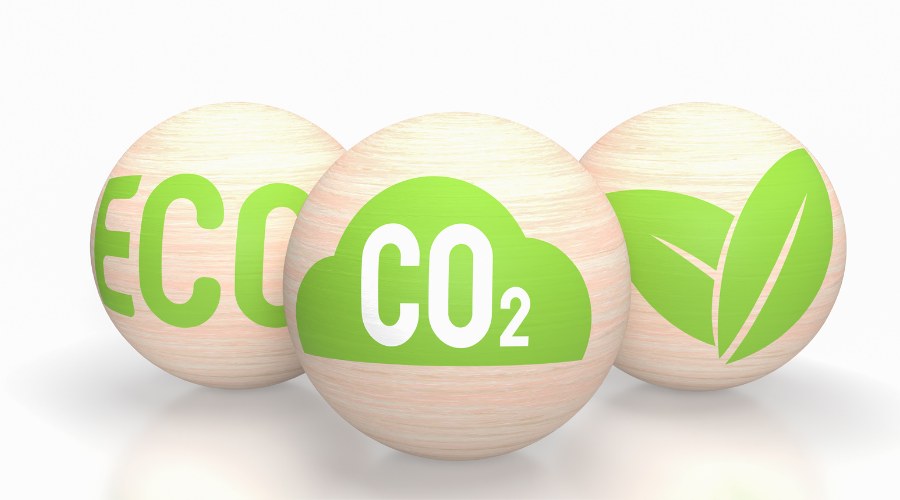
V. Regulatory Compliance: Navigating Global Policies
5.1 Major Economy Policies (2023-2025)
| Region | Key Regulations | CloudFilm Compliance Solutions |
|---|---|---|
| EU | SUPD (Single-Use Plastics Directive) | 30% recycled content in films by 2025 |
| USA (California) | SB 54 Mandatory Recycling Labels | Clear How2Recycle labeling |
| China | Plastic Pollution Control Plan | 100% mono-material films for e-commerce |
VI. Consumer’s Guide: Making Informed Choices
6.1 Decoding Eco-Labels on Packaging 🧩
- ♻️: Check if the label specifies “widely recyclable” (e.g., CloudFilm’s PP bags) vs. “specialized recycling required.”
- 🌱: Plant-based does not always mean recyclable—verify with brand websites.
6.2 How to Recycle Flexible Packaging at Home 🗑️
- Clean First: Remove food residues to prevent contamination.
- Check Local Rules: Most curbside programs accept CloudFilm’s PP/PE films in plastic recycling bins.
6.3 Advocating for Better Packaging Practices 📣
Support brands using CloudFilm’s solutions and ask retailers to stock products with clear recycling labels.
VII. Future Trends: What’s Next for Recyclable Packaging?

7.1 Industry Forecasts 2025-2030
- Market Growth: Recyclable flexible packaging will reach $48 billion by 2028 (CAGR 7.2%, Grand View Research).
- Technology: AI-driven design tools to optimize recyclability at CloudFilm’s R&D centers.
7.2 CloudFilm’s Vision for Circular Economy 🌍
We aim to achieve 100% recycled content in all products by 2030 and launch a take-back program for post-consumer waste.
VIII. FAQs: Your Questions Answered
Q1: Is all flexible packaging labeled “recyclable” actually recyclable?
A: No. Look for mono-materials (like CloudFilm’s PP/PE) to ensure genuine recyclability.
Q2: How does CloudFilm’s cost compare to traditional packaging?
A: While upfront costs may be 5-10% higher, long-term savings from recycling incentives and consumer loyalty offset this.
Q3: Can recyclable flexible packaging be used for high-barrier applications like pet food?
A: Yes. CloudFilm’s advanced PP films with EVOH barriers meet strict shelf-life requirements for oxygen-sensitive products.
IX. Call to Action: Partner with CloudFilm for Sustainability
Ready to transform your packaging strategy? Contact our team for a free sustainability audit and sample kits of our recyclable films. Together, we can build a circular future.








